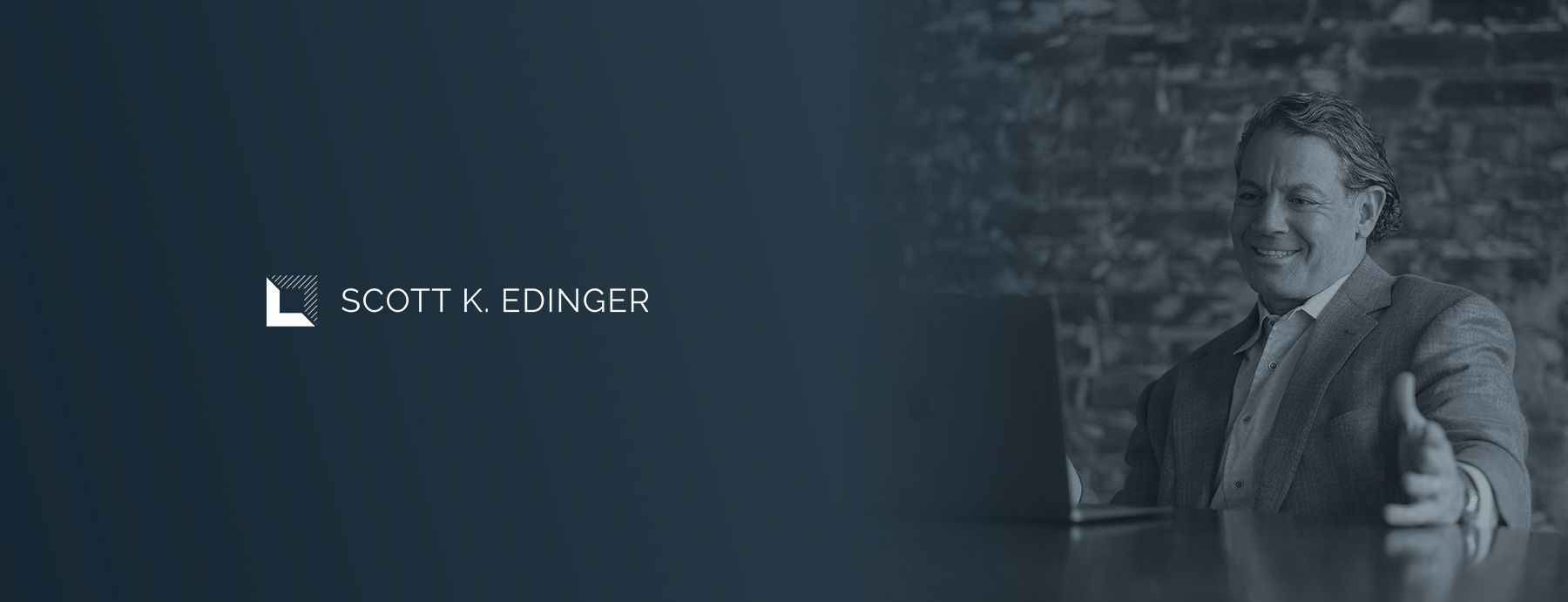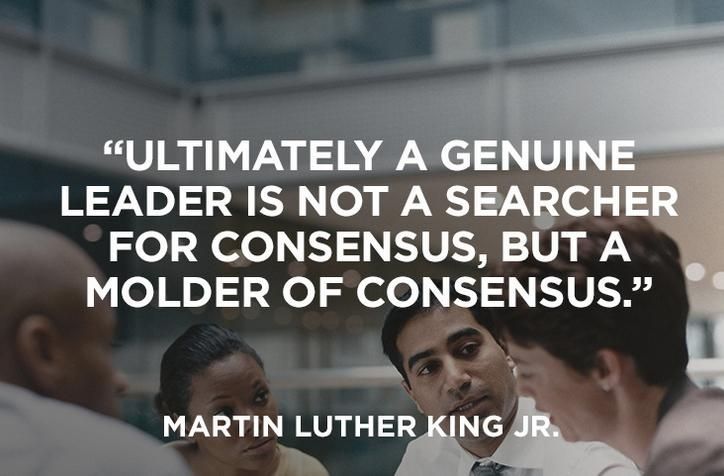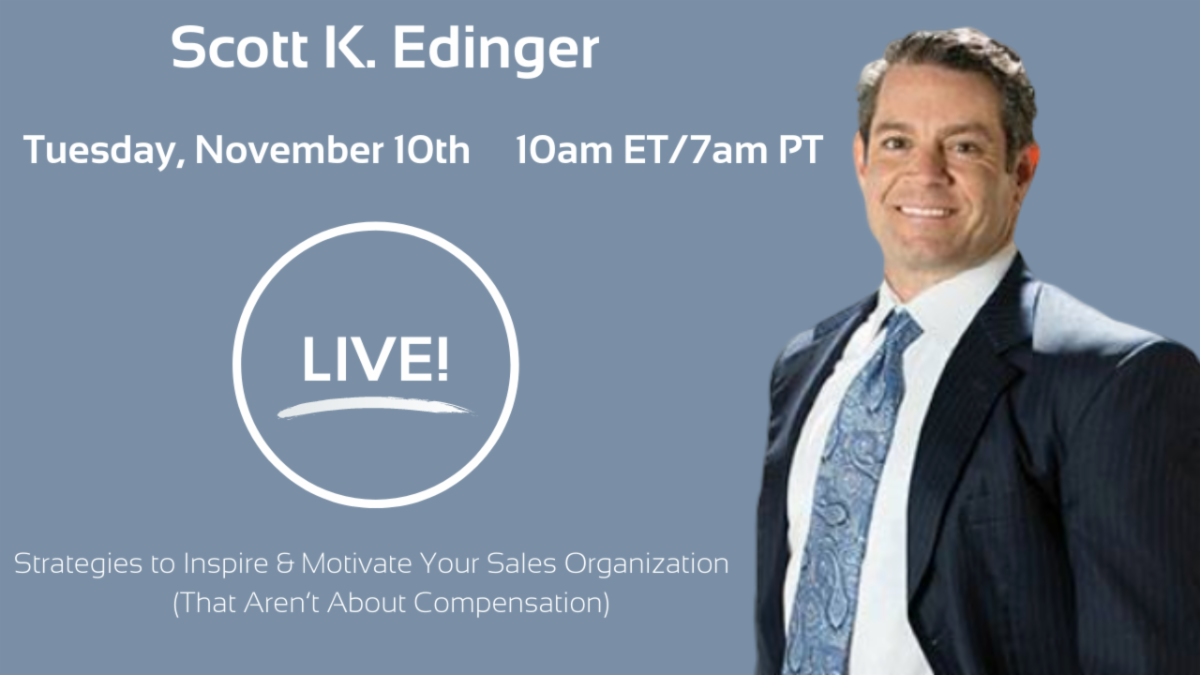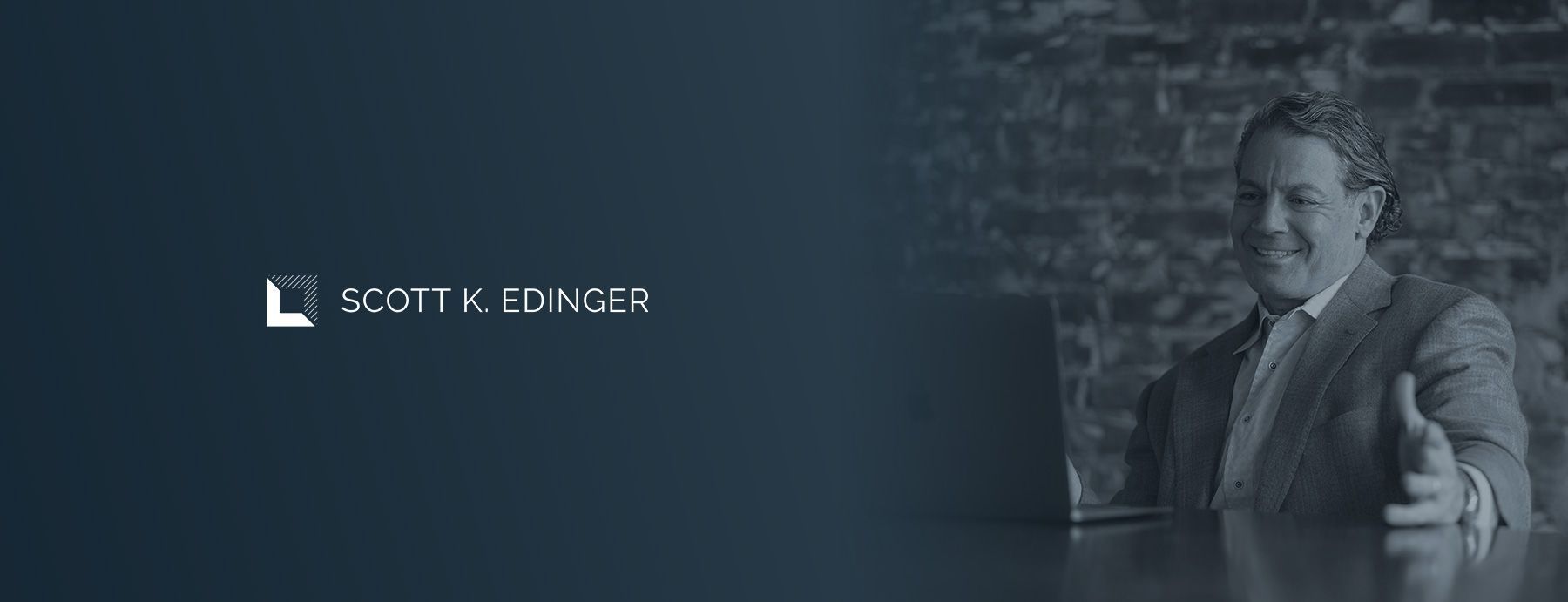
November 5, 2020
Diverse Thinkers Are Important To An Effective Workplace
Diversity in the workplace is much more complex than your workforce representing a mix of genders, ages, abilities, and ethnicities. While teams certainly should strive for demographic and socioeconomic variety, these qualities frequently serve as proxies (or worse, boxes to check) for diversity of thought and skillsets that is so critical to success. The challenge lies in cultivating this deep-level of diversity because it’s hard to see.
Despite flaws and criticism, personality assessments like Myers-Briggs, DISC, and various others are often the go-to tools for companies profiling employees for diversity of thought. In my experience, these instruments merely categorize people based on their self-identified workplace behaviors. More often than not they end up labeling people with weakness or strength instead of helping us to see how people with different strengths can work better together.
But having diverse talent is only the first step. Regardless of the demographic makeup of your team, you can do much more as a leader to harness this diversity of thought. In fact, I’d suggest that your team has more wide-ranging perspectives and ideas than are being expressed. Here are a few workplace cultural guideposts:
Leaders must demonstrate openness to new or half-baked ideas, challenges of status quo, and new approaches to solving problems.- Invite dissenting opinions forward. Embrace disagreement and lack of alignment to help you see issues you hadn’t considered. Encourage the sharing of opportunities you are missing and the unintended consequences of decisions.
- Recognize good failures. When people get poor results but did the right things, make it safe to learn when we apply the right principles.
Voicing diverse thoughts through open dialogue and critique will generate more conflict and require more hands-on management. But that’s ok - the resulting innovation and cohesion is why diversity is so valuable in the first place. If your team can crack how to leverage diversity of thought while balancing the associated productive conflict, you will be better positioned to compete, perform and innovate.
Social Media Use:
This weekend I watched The Social Dilemma, the most recent in a line of documentaries shining light on the impacts of social media on society. Like most others who have watched it, my reactions ranged from mild worry to severe concern as I watched industry pioneers themselves confess to and substantiate the problematic motives in question.
Though these experts stand by their claim of the industry’s original pure intentions, I found this quotation particularly telling: “There are only two industries that call their customers ‘users’: illegal drugs and software.”
The list of concerns associated with social media include the industry’s data mining, manipulating users to increase revenue, and driving polarization. It touches on the way social media plays a role in hot topic issues including mental health, addiction, racism, and freedom of speech. And it also demonstrates how far the industry has come from how the industry was originally advertised: a place for connection.
I don’t disagree that social media can be a tool for good – the industry can be a hub for innovation, connection, and learning. The bottom line is that social media is impacting society, our behaviors and beliefs, and consumerism in unprecedented (and negative) ways. This film is a call to action to challenge our sources, connect with each other authentically, and be more aware of our screen time.
Giving Together:
It’s the season of giving, and it can also be the season of building an engaged workplace by focusing together on meeting a community need.
All around your workplace are areas that need your help: a homeless community that could use warm weather gear, a school that is low on supplies, or a community agency that needs volunteers.
Why not challenge the people in your company to nominate a group you can join together to serve between now and the end of the year? Team members can write a paragraph about an area of need and a way to band together to fill it, and you can hold a company-wide vote to choose.
Maybe you can enjoy a day of making and distributing sack lunches for the hungry, or of cleaning up a vacant lot. Even a canned food drive can help build esprit de corps when we’ve all had a hand in choosing where and how to give.
Current Read:
The real value of diversity of thinking is that being exposed to lots of ideas helps the best ones come to the fore. In that spirit, I offer this May 2019 Forbes article, “Why We Need to Stop Talking About Diversity of Thought,” by Rebekah Bastian.
Bastian points out that some managers think they can focus on diversity of thinking and completely bypass the necessity of a rich cultural mix in the workplace. I don’t necessarily agree with her assertion that diversity of thought takes the place of inclusion of a variety of ethnicities, genders, ages, and beyond, she is offering an important caution sign to the arguments I offer above.
Quotable:

Next Steps:
Join me on Tuesday, November 10th at 10 am ET for another LinkedIn Live as we discuss strategies to inspire and motivate your sales organization (that aren't about compensation.)
I’ll be drawing on my research about leading high performance sales organizations and my HBR article 3 Ways To Motivate Your Sales Team - Without Stressing Them Out


